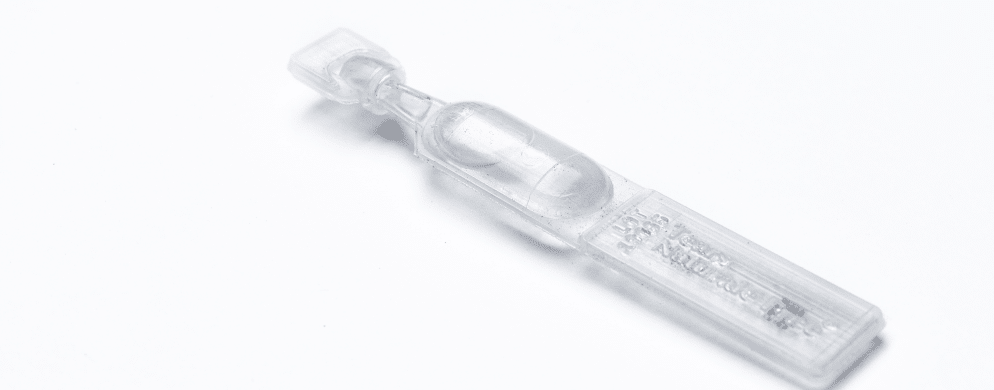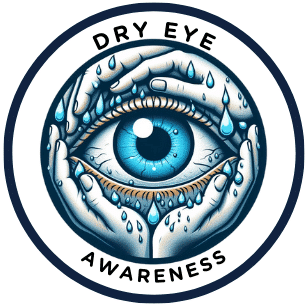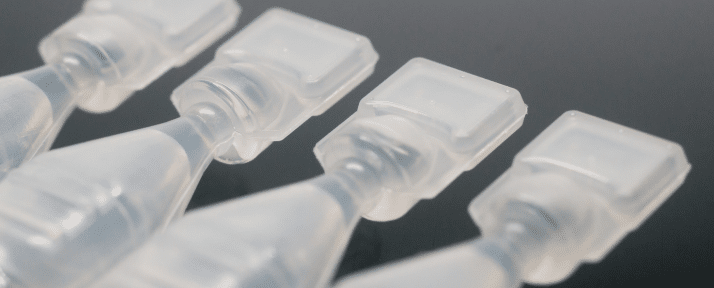
Key Points
Discover how artificial tears offer quick relief for dry eyes, soothing irritation, and reducing redness. Available without prescription, they mimic natural tears and address environmental triggers. Optimal usage involves guidance from your eye care provider.
Think of artificial tears as a personal caretaker for your eyes. When your eyes feel dry, these drops, gels, or ointments step in to moisturize. They do more than just wet the surface; they create a protective layer that reduces friction on the sensitive cornea, that clear front part of your eye. It’s immediate care taking that soothes irritation and can notably minimize both redness and swelling.
You’ll find these products in any pharmacy, and they’re a first defense against the discomfort caused by dry eyes. Best of all, they’re available for you day or night, whenever your eyes need a splash of comfort.
Navigating the Dry Eye Syndrome Landscape
Dry eyes can disrupt your day and might signal more than just a minor annoyance. Consider environments that can exacerbate eye dryness; windy, smoky, or arid conditions severely impact your eyes’ capacity to maintain their natural moisture. Regular computer use, reading for extended periods, or exposure to air conditioning can contribute to eye strain and dryness. Also, certain medications list dry eyes as a side effect, which some may not expect.
When we examine the numbers, it’s evident that dry eye syndrome is a widespread concern. Research suggests that in the United States alone, approximately 5 million individuals aged 50 or older suffer from severe dry eyes, with an additional 20 million grappling with milder dry eye symptoms. The condition is more common in women and those assigned female at birth, pointing to hormonal factors as one potential contributor.
However, when dealing with persistent dryness that affects your quality of life or interferes with daily activities, a conversation with an eye care provider could be very important. They can identify if there’s an underlying condition causing your symptoms. After all, regular dryness might not just be about the air around you; it could point to other health issues that require professional attention.
Exploring the Varieties and Application of Artificial Tears
Artificial tears aren’t one-size-fits-all. Some formulations are designed to supplement the aqueous (#ad), or water-based layer of your natural tear film, while others aim to reinforce the lipid layer (#ad) that helps prevent evaporation(As an Amazon Associate I earn from qualifying purchases) . For individuals who use contact lenses, certain artificial tears, typically the preservative-free (#ad) types in single-use containers, are deemed safest to avoid harming the lenses or causing additional irritation.

When it comes to applying artificial tears, the process is straightforward. Start by tilting your head back. Gently pull down your lower eyelid to create a small pocket. Squeeze the bottle lightly to dispense one or two drops into the eye, taking care not to let the dropper touch your eye surface as it can transfer bacteria. Close your eyes for a minute or two to allow for even distribution of the liquid.
How often should you use artificial tears? Well, that’s a conversation to have with your eye care provider. While occasional use may not pose much risk, frequent usage, particularly of eye drops containing preservatives, should be discussed with a professional to avoid potential aggravation. Preservative-free options are often recommended for those who rely on artificial tears more regularly.
Weighing the Benefits and Risks of Artificial Tears
When considering the use of artificial tears, the advantages typically dwarf the inconveniences for many individuals grappling with dry eyes. The satisfying sensation of relief when the itching and burning dissipate is a testament to the utility of these products. Essentially, artificial tears restore a measure of comfort and balance to your daily life, allowing you to blink away discomfort and see the world more clearly.
That said, it’s wise to remember that even over-the-counter solutions like artificial tears aren’t entirely free from risks. Occasionally, users might experience temporary blurred vision or eye irritation. It’s rare, but possible, to develop allergic reactions to certain ingredients found in these drops or gels. If you notice your eyes reacting poorly after use, or if using drops becomes a daily necessity without a healthcare provider’s guidance, it’s critical to seek professional advice.
Ultimately, the best approach is a balanced one that combines the convenience of artificial tears with the expert insights of an eye care provider. Regular monitoring and consultation are imperative for individuals who regularly experience eye dryness. With their input, you can develop a tailored strategy that not only alleviates discomfort but also aims at preserving your eye health in the long term.


This article gives a thorough description of artificial tears and their significance in treating dry eye syndrome. It’s fantastic to have such extensive information about the various types of lubricating eye drops available.
I have a question about preservatives in artificial tears. Are there any preservatives that are advised for persons with sensitive eyes or those who must use artificial tears frequently?
Thank you.
Thank you for your interest in the article and your comment.
Artificial tears come in two forms: preserved and non-preserved.
For people with sensitive eyes it really depends on what is causing the sensitivity. For some, the sensitivity is caused by severe Dry Eyes that cause compromise to the corneal and conjunctiva tissues and in cases like this non-preserved artificial tears are preferred. For people who have a known allergy or have had a reaction to a specific preserved artificial tear it is also best to use non-preserved artificial tears.
Whether you should use a preserved or non-preserved artificial tear is best determined by your eye doctor.